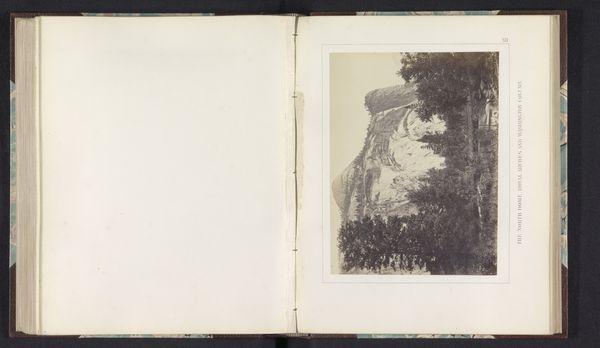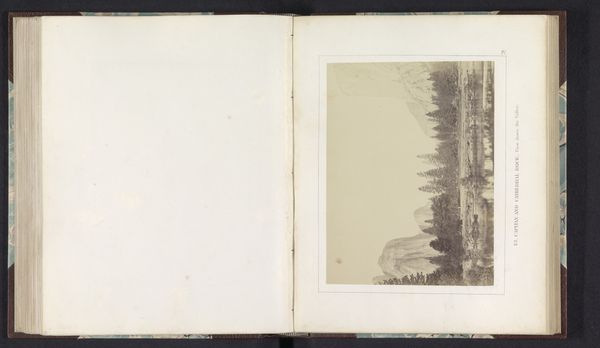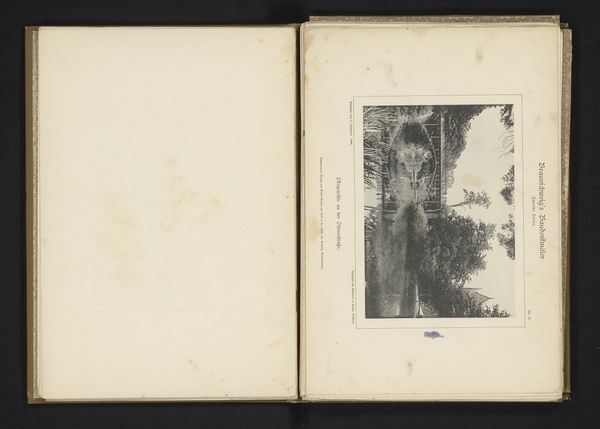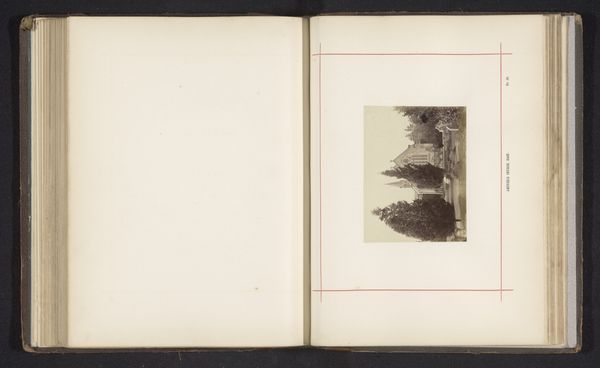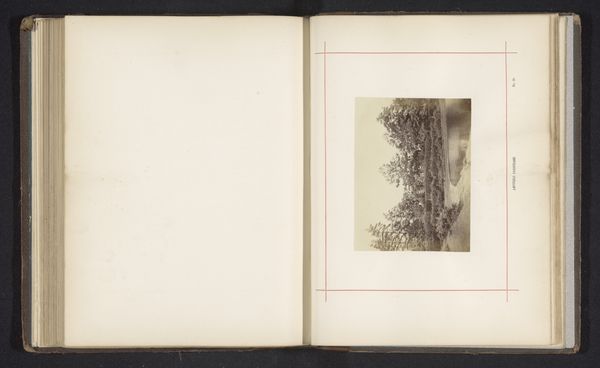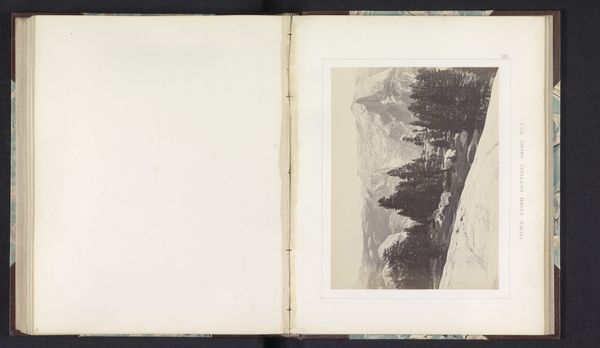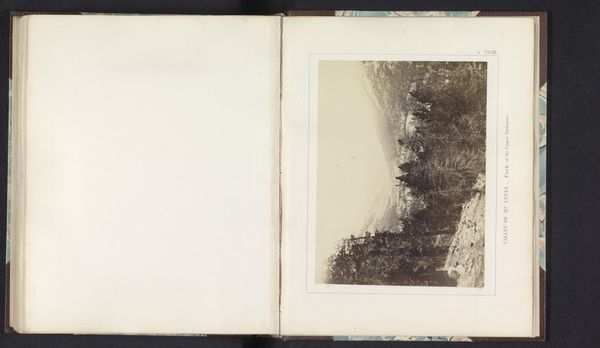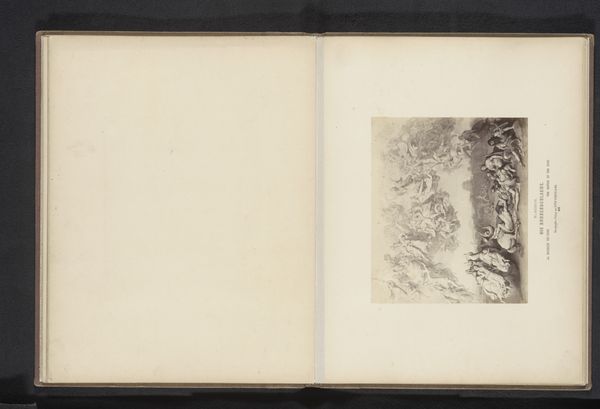
photography, gelatin-silver-print
#
landscape
#
photography
#
coloured pencil
#
mountain
#
gelatin-silver-print
#
hudson-river-school
Dimensions: height 155 mm, width 205 mm
Copyright: Rijks Museum: Open Domain
Carleton Watkins made this photograph of the Three Brothers in Yosemite Valley using the wet collodion process. This was cutting-edge technology at the time, demanding a mobile darkroom to prepare, expose, and develop the glass plate negative, all before the collodion emulsion dried. Watkins's choice of photography over painting as his artistic medium reflects a shift towards valuing mechanical reproduction. Think about the labor involved: not just Watkins's artistic eye, but also the physical effort of transporting bulky equipment into the wilderness. The tonal range achieved through this chemical process gives the image a distinctive depth. Ultimately, the photograph's significance lies not just in its aesthetic qualities, but in its historical context. It documented the American West and played a role in the growing environmental movement. By focusing on the materials and methods behind the image, we recognize photography as a powerful blend of art, science, and social influence.
Comments
No comments
Be the first to comment and join the conversation on the ultimate creative platform.


